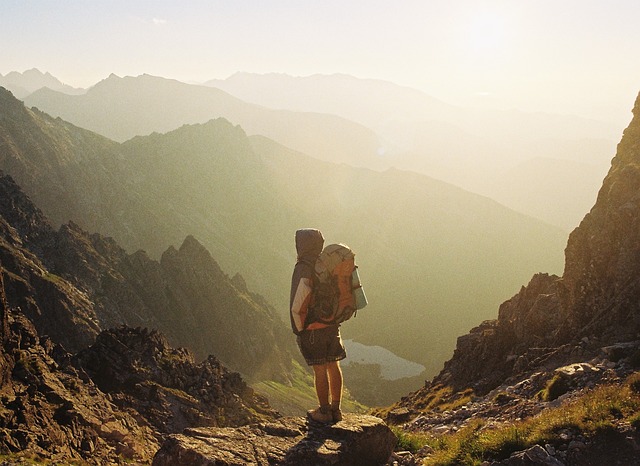Experienced hikers recommend various gear for backpacking trips, depending on the specific trip and the individual hiker’s needs and preferences. Some essential gear includes a backpack, shelter, sleeping bag and pad, a stove and cooking equipment, a water filter or purification system, and clothing and footwear appropriate for the weather and terrain.
A good backpack is crucial for carrying all your gear and should be comfortable, with a good fit and adjustable straps. Many different types of bags are available, from ultralight models to more traditional, heavy-duty packs.
The shelter is also essential, and options include tents, tarps, and hammocks. Tents are the traditional option and offer the most protection from the elements, but they can be heavy and bulky. Tarps are a more minimalist option that can be set up in various ways, but they provide less protection from the elements. Hammocks offer a comfortable, lightweight alternative to traditional shelters, but they may only be suitable for some terrain.
A warm and comfortable sleeping bag and pad are essential for a good night’s sleep. Sleeping bags come in a wide range of temperatures and shapes, so it’s necessary to choose one that is appropriate for the conditions you will be facing. Sleeping pads are also essential, providing insulation and cushioning from the hard ground.
A stove and cooking equipment are also crucial for backpacking trips, as they allow you to prepare meals and hot drinks while on the trail. Many stoves are available, from traditional propane models to more modern ultralight options. Choosing a furnace that is appropriate for the conditions and the type of trip you will be taking is essential.
A water filter or purification system is also essential for backpacking trips, as it allows you to drink water from natural sources safely. Many types of water filters and purification systems are available, from simple filters to more complex designs that use UV light or chemicals to purify water.
Finally, it’s essential to dress in clothing and footwear appropriate for the weather and terrain. That may include a waterproof and breathable jacket and pants, a warm insulating layer, a hat and gloves, and sturdy hiking boots or shoes. It’s also essential to pack extra clothing and equipment such as a headlamp, first aid kit, and a map and compass.
